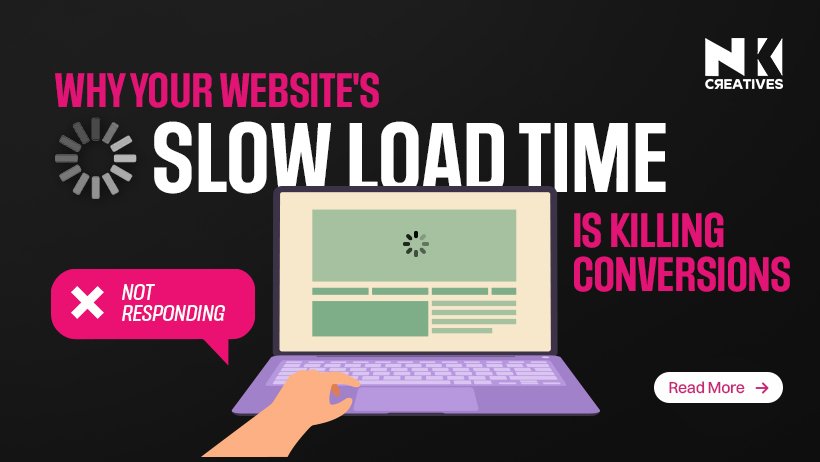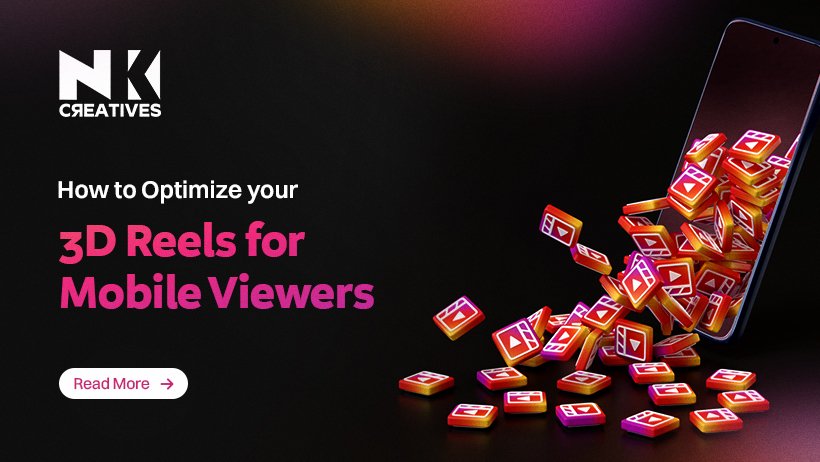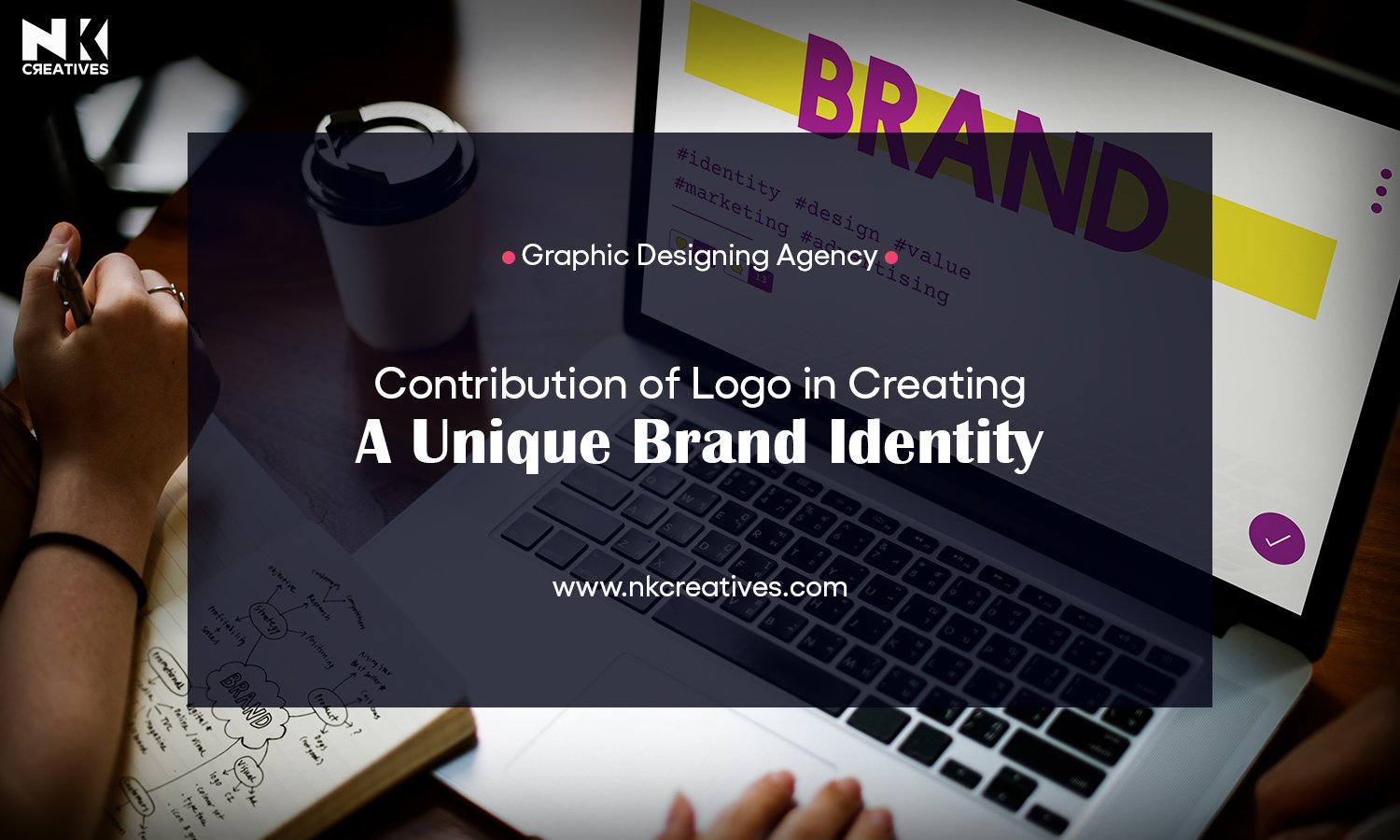Difference Between Personal & Business Brand

If you are confused between Personal and Business brands, then this blog is for you. Our complete guide will help you understand the key differences between them and provide tips on developing them.
While the end goal of both brandings might be the same, understanding the key differences is essential, and it can decide the success or failure of your business.
What is a Personal Brand?
A personal brand revolves around you. It showcases your skills, values and personality. You are the face of it. For example, influencers, consultants and leaders.
What is a Business Brand?
A business represents an organisation or entity. It focuses on the company’s products or services. It’s crafted through a strategic approach. Logos, slogans and missions shape it. A business brand often scales better. For example, Nike, Apple, Amazon and more.
Both personal and business brands can exist independently or together. Each serves a unique purpose and audience.
A strong personal brand builds credibility. It helps people gain trust and recognition. People associate with personal expertise. For example, Gary Vaynerchuk (American Businessman & Author) is a well-known personality in the field of entrepreneurship and innovation.
The personal brand relies on a person’s visibility. They establish and foster relationships with their online audience using various mediums like social media, blogs, and networking. Limited resources are one of the major issues that are now being resolved due to more active social media users.
Broader scalability is the most important objective of a business brand. It can attract customers from various bases. Business brands rely on marketing, not on personal traits. Like McDonald’s doesn’t market about their founders, people know them due to their services.
Sometimes, a business brand can seem impersonal and lack human connection. Adding a personal touch to a business brand adds reliability to it.
|
Key Elements of Personal and Business Branding |
||
|
Element |
Description |
Example |
|
Personal Story |
Your unique background or journey |
What inspired you to start your business journey |
|
Mission Statement |
The core reason for your brand's existence |
Elon Musk’s mission is to advance sustainable energy through innovation. |
|
Tone |
The emotional quality of your communication |
Marie Forleo's brand tone is motivational, empowering, and positive. |
|
Authenticity |
Staying true to yourself and your values |
Dwayne "The Rock" Johnson's authenticity and humility shine through his brand. |
|
Consistency |
Maintaining a unified message and image across all platforms |
Nike's consistent "Just Do It" slogan across all its marketing campaigns. |
|
Unique Selling Point (USP) |
What makes you different from others in your industry. |
Tesla's USP is an electric vehicle with long-range capabilities and innovation. |
|
Audience Connection |
How you engage and relate to your followers or customers |
Brene Brown connects with her audience through vulnerability and research. |
|
Key Elements of Personal and Business Branding |
||
|
Element |
Description |
Example |
|
Target Audience |
The specific group of people your company aims to reach |
Nike targets athletes and fitness enthusiasts, focusing on performance-driven products. |
|
Brand Voice |
The tone and personality of your brand's communication |
Innocent Drinks uses a playful and friendly tone in its marketing and social media. |
|
Brand Story |
The narrative that defines your brand’s origin and journey |
Airbnb's brand story revolves around creating unique travel experiences for both hosts and guests. |
|
Brand Positioning |
How your brand is perceived in comparison to competitors |
Volvo positions itself as the leader in safety and reliability within the automotive industry. |
|
Brand Promise |
The commitment you make to customers regarding the experience they’ll receive |
FedEx promises reliable, fast delivery with their slogan, “When it absolutely, positively has to be there overnight.” |
|
Brand Personality |
The human traits attributed to your brand |
LEGO's brand personality is playful, creative, and innovative, encouraging imagination and fun. |
|
Brand Reputation |
How your brand is perceived in the market and by customers |
Starbucks is known for its commitment to high-quality coffee and excellent customer service |
|
Brand Differentiation |
What makes your brand stand out from the competition |
Tesla differentiates itself by offering cutting-edge electric vehicles with a focus on sustainability. |
Strategies for Building Personal & Business Brand
Define the Unique Value of Your/Business
Your UVP is the factor that will make you stand out. It tells your target audience why they should choose you over others.
UVP includes what you can do the best and how it can benefit others.
Simple steps to create your UVP
1. Know your strengths. Find out what you’re really good at.
2. Explore your passion. What do you love doing, and why does it excite you?
3. Understand your audience. What do they actually need, and how can you fulfil it?
4. Clearly communicate your message and objective. Transform your ideas into powerful messages to attract customers online.
Elevate Your Social Media Presence
Social media is a powerful tool for building your strong online presence. Your rigid online presence will also contribute to your personal branding. Share your knowledge, educate people, connect with people, and grow a community.
To succeed in it, follow the below steps.
1. Post Regularly
2. Create Engaging Content
3. Engage with followers. Resolve their doubts by answering comments.
LinkedIn is one of the greatest platforms for professionals to share their insights and network with like-minded people. Instagram is perfect for showing the people who you really are, what your backstory is, and what your future plans are for your personal and business brand.
Publish Content Regularly
Consistent posting content is the key to personal and business branding. It is important to create and share content that aligns with your knowledge, values, expertise and business objective.
Consistently creating and sharing content will make your brand memorable over time. Blogs, videos and blogs are popular forms of content creation. These are great ways of sharing your knowledge. Choose what suits you best.
If you choose blogs for your content creation, then posting 4 to 6 high-quality blog posts will help you maximise your reach.
Collaboration & Networking
Networking and collaboration are important in growing your influence. It provides an opportunity to increase your visibility by working on big projects, connecting with professionals, joining industry events, etc.
You can also try guest blogging on well-known websites, speaking at public events and partnering with influencers for wider reach.
Key Strategies for Building Business Brand
Establish a Strong Brand Identity
To build a strong brand identity, start by creating an attractive visual look for your band. Design a logo, choose brand colours, and come up with a business-oriented attractive tagline.
Your brand identity should clearly indicate what your company stands for. It determines the values it reflects to the audience, and others see it in the market.
Clear Brand Message
A clear brand message tells your customers exactly what your business is about. It tells your customers about your business objective and how you can offer solutions to them.
Invest significant time in developing a clear brand message; it is like the voice of your business, which you can use on social media, email marketing and more. When your message is simple, consistent
Marketing & Advertisements
A strong market plan is not a choice if you want more customers and make your business more visible online. Use various digital strategies like SEO, social media marketing and pay-per-click ads. Depending on your target audience, you can also use traditional methods like print ads, sponsoring events, and more.
Prioritise Customer Experience
Customer experience is crucial. 73% of people say that customer experience is the major factor whether to buy from a company or not. The service you provide to your customers shapes their view towards your brand. If you offer great service, then listen to your customer feedback. Engaging with them will help you make your service more effective, and it help you create a loyal fanbase.
Key Hurdles in Developing Personal and Business Brands
Challenges of Personal Branding
Oversharing – Sharing too much about your private life can create issues for you and, at last, make you feel overexposed.
Inconsistency and Irrelevancy – If your business message isn’t clear and you fail to deliver content consistently, then it can create a bad impact on your brand.
Negative Behaviour – Some specific online and offline actions can harm your brand. Always think and double-check before posting anything on social channels.
Keep it simple, clear and concise to maintain a strong branding image.
Challenges of Business Branding
Building a unique and relevant branding image in the crowded marketplace is tough. You need to stay flexible and keep an eye on the competitors to find the best way to rise.
Consistency in branding is important, and any minor mistake can cause you to change the way people see your brand.
Keeping yourself updated with market trends and ever-changing customer preferences is a time-consuming process but rewarding as well.
Conclusion
Building a personal and business brand is two different things. Each requires a specialised strategy and its own purpose. A personal brand highlights your personal traits and helps in building helpful connections. On the other hand, a business brand focuses on highlighting the business’s traits and helping it to stand out in the market. When you use the right strategies for each, you’ll see real growth and success in both areas.
Whether you are an entrepreneur, business owner or just an influencer who wants to set up strong online branding, Nk Creatives is here to help you. Professionals of our graphic design agency in Ludhiana craft business-oriented visuals for unforgettable branding. Contact us today to get started.






















.jpg)











